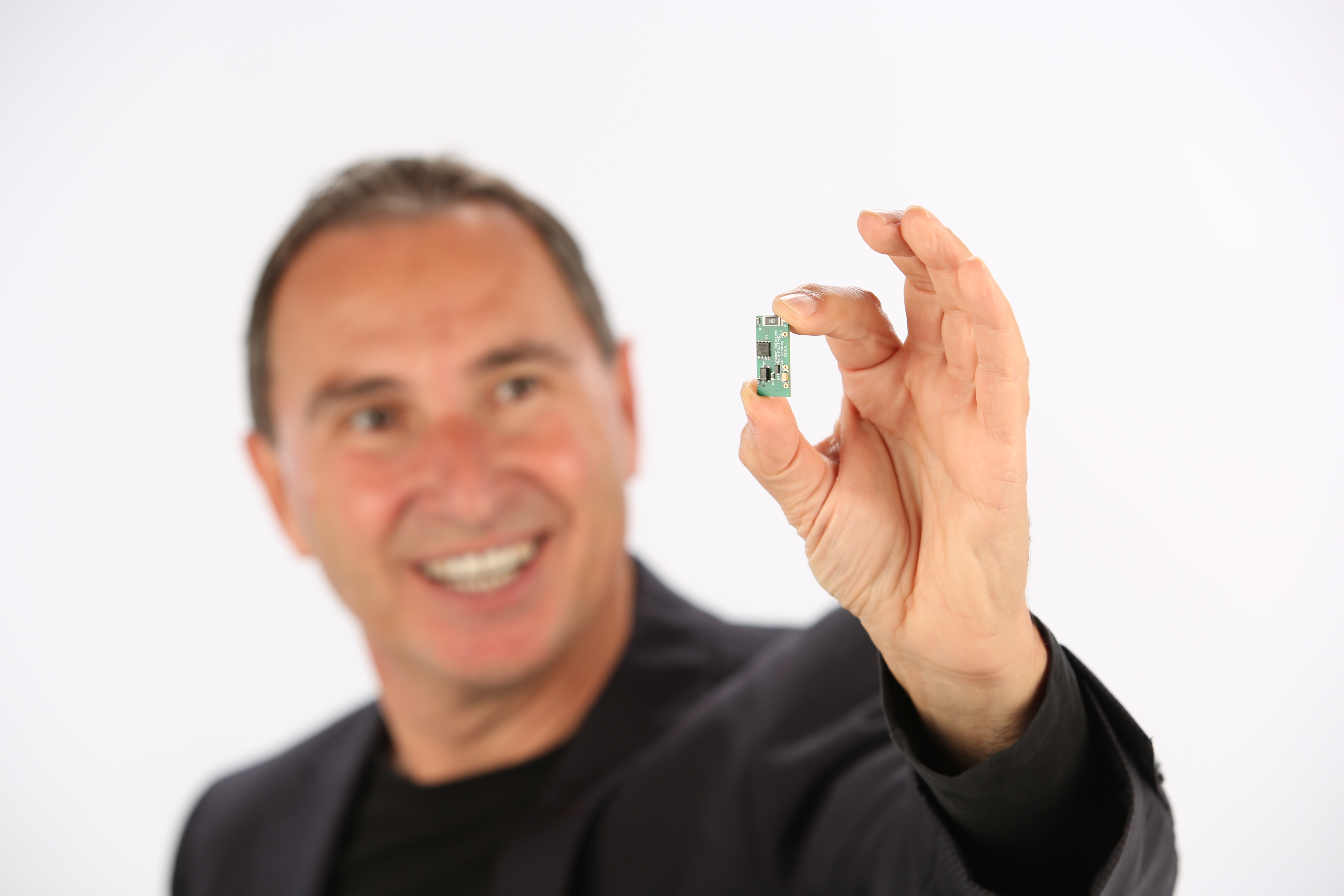It’s 2020, and commercial integrators are still stuck working with the 70-year-old global standards for building electrical systems. Relying on electromechanical parts that are prone to malfunction and lacking in modern intelligence, these Thomas Edison-era systems are outdated and in dire need of upgrading if they are ever going to serve our 21st century needs.
The advent of digital devices that can control and manage electricity with microchips instead of mechanical components is promising to create a paradigm shift that will allow integrators to turn any building’s existing electrical infrastructure into a modern wonderland of functionality.
These digital power devices are much smaller than traditional power supplies, so they can be embedded directly into light switches, outlets, and circuit breakers to enable never-before-seen products and functions. Soon, any existing gang box or breaker panel will be able to provide smart home functions through light switches with integrated wireless access points (WAPs); outlets with voice control, surge protection and fire sensors; and programmable smart circuit breakers with individual energy reporting and email/text alerts. The bottom line is that digital control of electricity will create a wealth of new opportunities for growth in automation, networking, energy savings, and even building air-quality awareness that benefits both integrators and their clients.
What Smarter Buildings Mean for Integrators
The commercial building market presents an enormous opportunity to help owners improve safety, energy efficiency, and profitability through enhanced building intelligence that can lower costs and help streamline operations.
In the past, a customer’s request to add voice control and carbon monoxide alerts to a room might have required the installation of a complete control system solution. In contrast, these new technologies can simplify the project greatly by putting both voice control and environment detection capabilities inside a single light switch or outlet. Add a signal booster or wireless access point and that outlet or switch becomes a powerful data and networking hub. Now imagine that capability in every gang box, along with outlet-by-outlet energy monitoring and countless other possible sensors and solutions.
As for safety, today’s GFCIs and circuit breakers still need mechanical action to interrupt the circuit, which poses a fire hazard due to the creation of electrical arcs that are as hot as the sun. Every mechanical switch or breaker will eventually fail, no matter what. By replacing those moving mechanical parts with much smaller solid-state architecture, not only is the risk of fire nearly eliminated, but the breaker trip time itself is 3,000 times faster, further protecting the rest of the building’s infrastructure. This technology also brings surge protection and overcurrent protection to every outlet, safeguarding plugged-in devices and reducing the risk of electrical fires.
Everyone Stands to Benefit from Smarter Electrical Systems
For clients hesitant to upgrade something as fundamental as their light switches with smarter, more powerful devices, integrators must be knowledgeable about all the various benefits and long-term improvements these technologies enable. Builders and electrical product manufacturers can reduce post-occupancy support costs through wireless delivery of insights for problem assessment and wireless control of electrical issues without requiring a truck roll.
Property managers, maintenance workers, and building managers will have whole-building awareness of energy usage and status, so if a circuit breaker trips, they are notified immediately and given data about how and where the problem occurred. Compared with the current response procedure of getting a call about a power outage, walking to a breaker panel, seeing a tripped breaker, and then having to physically inspect the related area for problems, the procedure that uses building intelligence is far simpler and faster, with the potential added benefit of a data log recording each event for further analysis.
As buildings increasingly monitor themselves and provide status updates to owners and inhabitants, solid-state electrical architecture—the building electrical grid itself—will form the backbone for advanced analytics while simplifying high-tech renovations and remodels.
An Innovation as Disruptive as Electricity Itself
As we work to build excitement among industries that have historically been slow to adopt paradigm-disrupting technologies, the potential of these innovations continues to grow. We must work together to educate businesses, industry leaders, and the public about the opportunity to create and embed enhanced algorithms and control software directly into electrical products, and all the benefits they can offer. We will eventually reach a tipping point, at which the popular discussion turns from “How will this help?” to “Why haven’t we always had this?”
Some of the world’s largest, most influential electrical products manufacturers have begun investing in and developing digital, solid-state products and systems, and together, we will disrupt the status quo of building standards and electrification procedures to convince global industries it’s time to make our buildings inherently smarter at their most fundamental level.
With the first digital electricity products available today and more expected throughout 2020 and beyond, now is the time for integrators to learn as much as they can about what’s possible, what’s changing, and how it can benefit their business by offering cutting-edge solutions.
